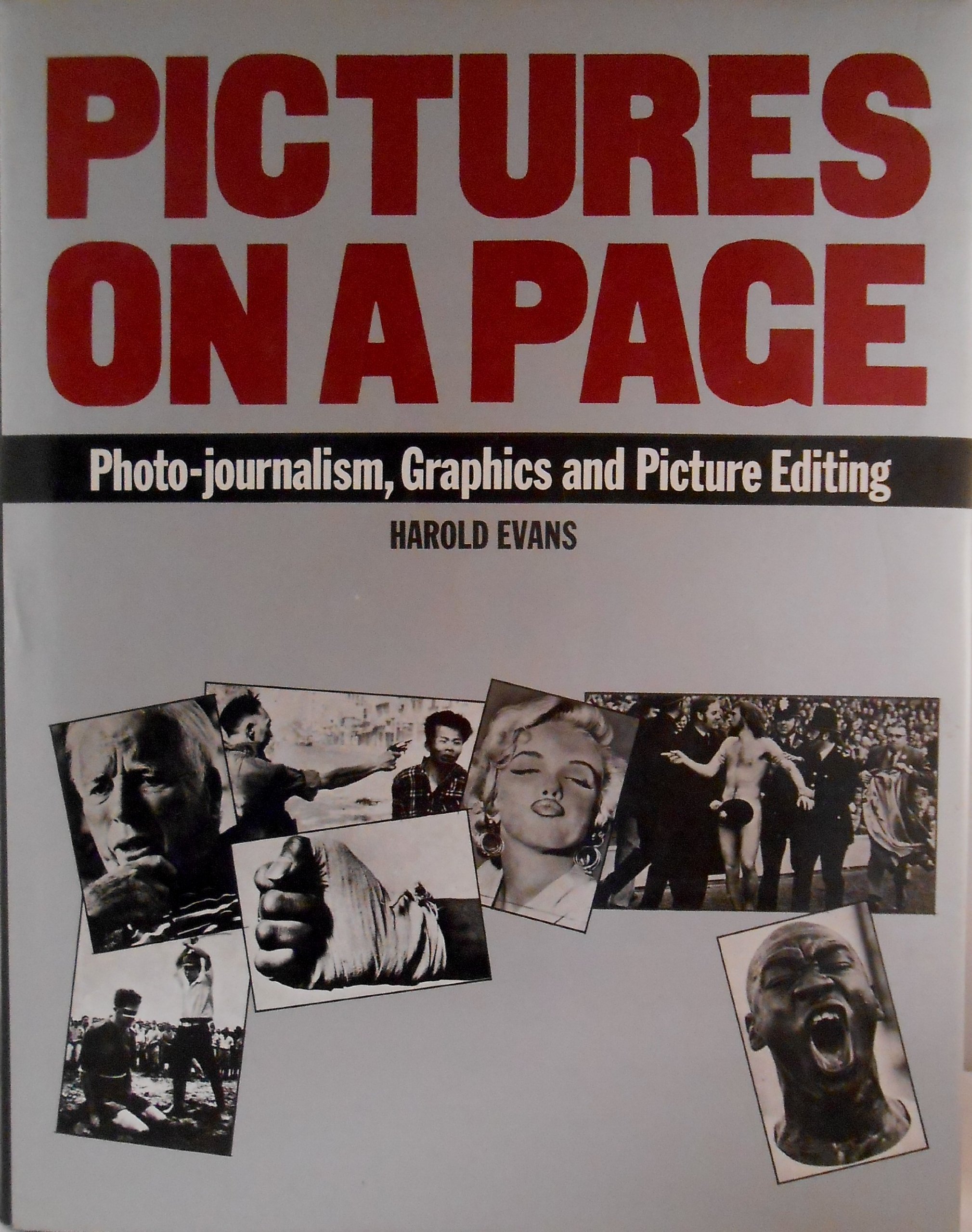Reading a photograph
What is the first thing you do when you look at a photograph? Does your eye/brain go into auto-pilot and scan the image in a particular manner conditioned by your knowledge and experience, or do you have a structured approach to analysing what is in front of you? To be honest, I don’t think I adopt either of these approaches. My decision on whether I like a photograph (or not), is usually a very quick process based on first impressions.
I am not one for reading things into an image. I don’t tend to look for tentative links or things that maybe help justify my like/don’t-like decision. I can look at a photo and right away make up my mind as to whether it is in MY opinion a hit or a miss. I don’t understand the forensic analysis that some people employ saying “I can see a connection with X & Y”, “I love the way you have done this or made that happen”. I remember all this from camera club judges and often sat wondering “Am I looking at the same photograph as him?”. In photography there seems to be a constant need to review and critique other peoples photographs, but you can be sure that for everyone that provides a critique, there will be someone else that disagrees and will have a different opinion altogether. We cannot get away from critique and comment in the photography world so we should all be prepared to take a few harsh comments as well as the compliments. I never take critique as personal but on the other hand I believe in saying things the way they are when asked to comment on someone else’s work. Looking for nice things to say is not the point of constructive critique.
Don’t get me wrong, I’m not saying that I am a great judge of photographs or that my interpretation of a photograph has to be heeded by everyone else. I am just saying that I don’t tend to over-analyse, I just get a gut feel based on my set of preferences and experience, within the first few seconds of looking at a photograph without over-analysing it.
Those who know more about this stuff tells us that when we look at a photograph we mainly consider three things.
CONTEXT: This is the thing or main subject of the photograph.
FORM: This is the fundamental rhythm or balance of the image, repetitions, composition etc.
TECHNIQUE: This is how well the image has been captured, exposure, focus etc., how well post processing has been accomplished.
The finished photograph should, at its basic level, be a technically accurate representation of what the photographer saw. The photographer inserts his/herself between the subject and the viewer. The viewer then has to remember that what they are looking at is a photograph of the subject, not the actual subject in itself.
To me the context is a key element in any photograph. It is usually why the photograph was taken in the first place. In street/documentary photography this is the one thing that drives me to do what I do. It also determines what I like and don’t like in photography as an art form. I loathe pretentious images that are supposed to be deep thought representations of something, though this is often only in the creating photographers mind. You know the sort of thing, someone in a wedding dress standing in a bath of baked beans, wearing a welders helmet and holding up a fish! The technique may be great but the whole context just fries my brain and I walk on. It is photography but not as I like it.
On the other hand if we consider a child standing barefoot in a field the context becomes important. Is the child posing as a model for the photographer or is she a refugee trying to find her family?. That is why in street/documentary photography the context speaks to me way before any arty pretentious rubbish. When it comes to form in street/documentary photography I feel that if you can nail the context and also pull off a good composition in the finished image it is a bonus over necessity. Many street photography images however can concentrate on form over context to show some form of shape or light/shade representation and have no real subject matter to form context at all. I don’t tend to linger long on these either. Nice to look at maybe but with lack of context they don’t tend to hold my attention.
